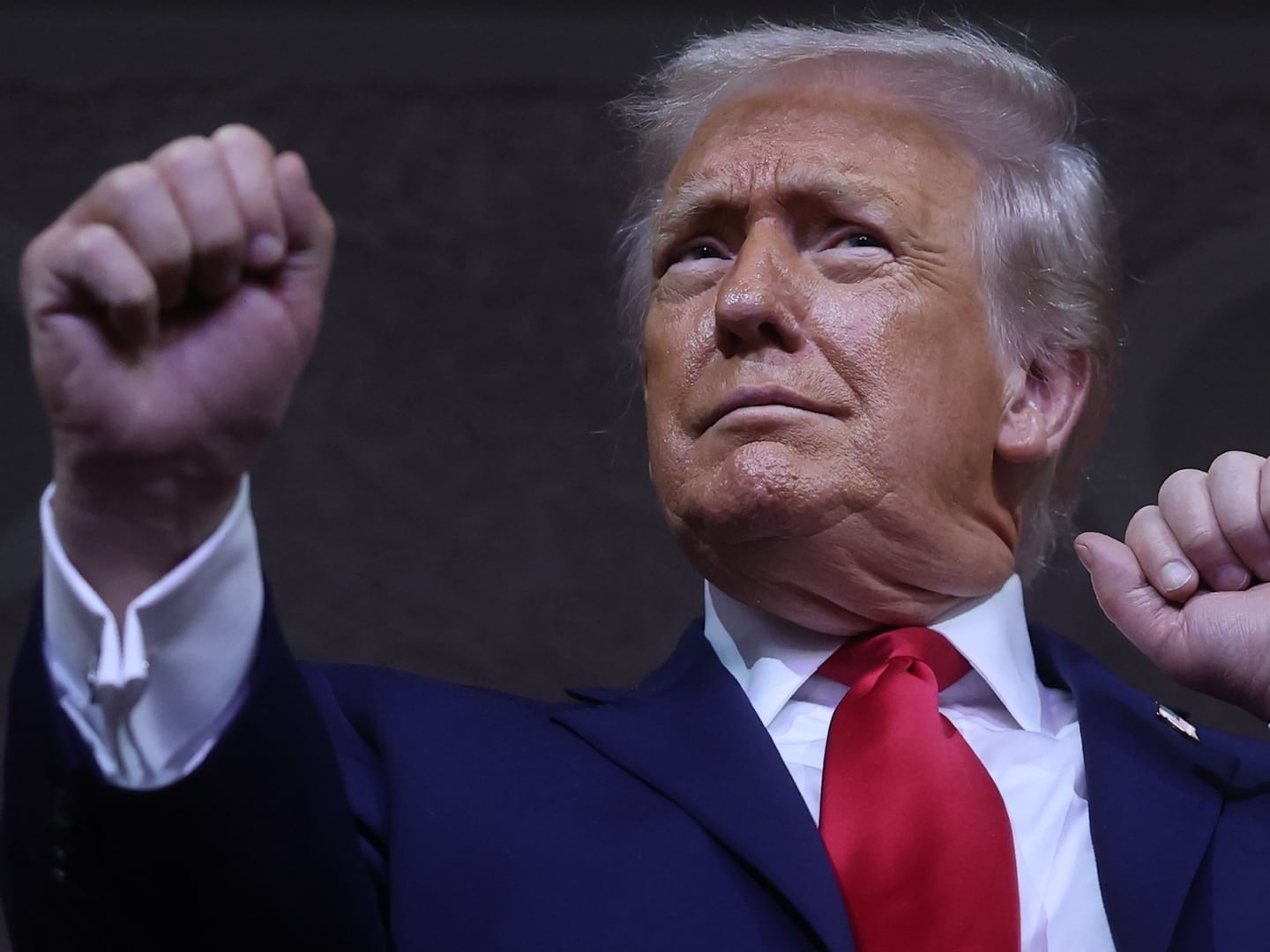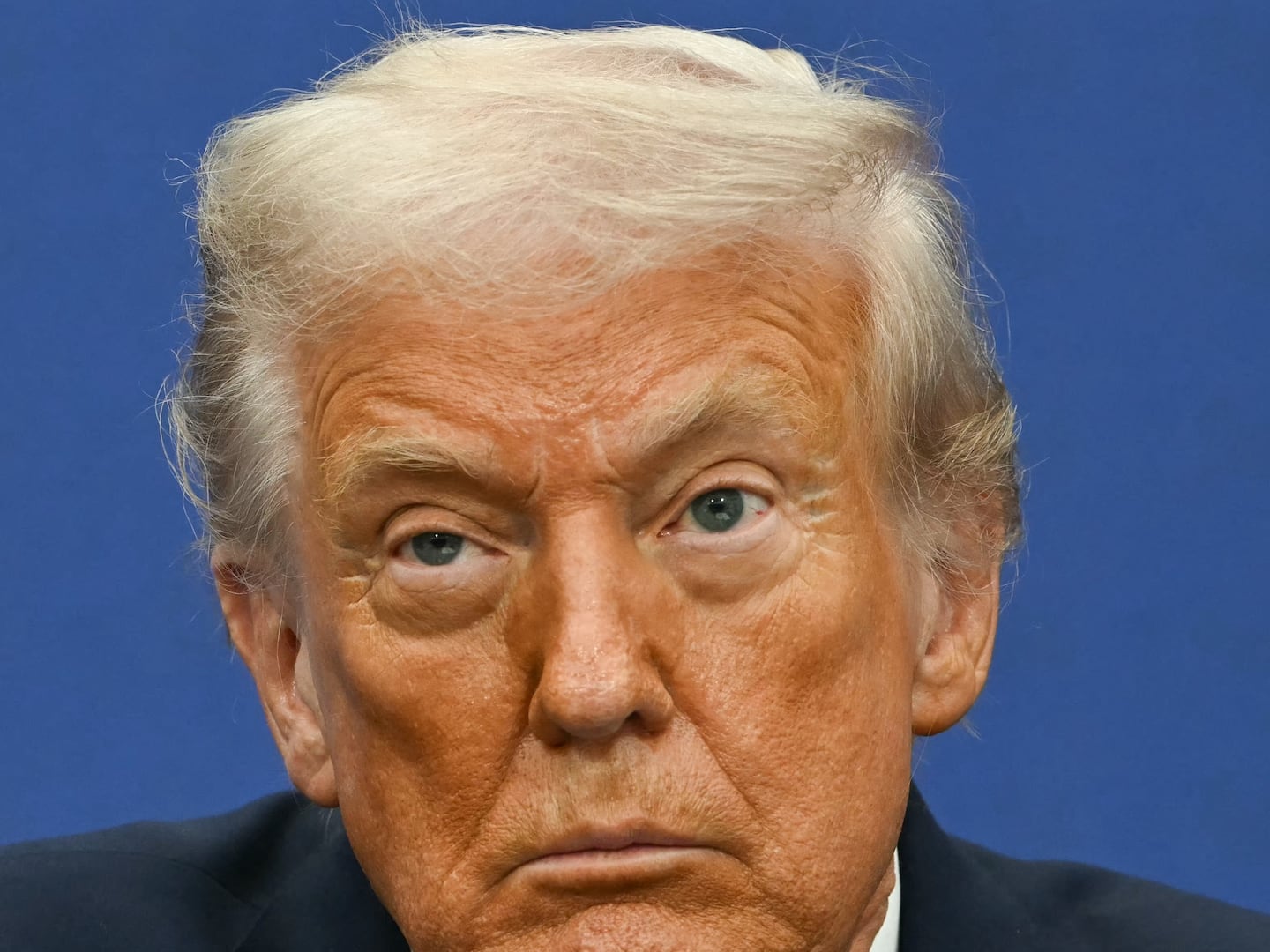Angelina Jolie’s fearless account of her prophylactic double mastectomy, published Tuesday in The New York Times, landed her the digital equivalent of a standing ovation. But for a different group, it was the best press they could have hoped for. One of the few organizations devoted entirely to those affected by the BRCA mutation—a hereditary mutation in either the BRCA1 or BRCA2 gene that puts your odds of developing breast or ovarian cancer as high as 85 percent and 50 percent, respectively—FORCE (“Facing Our Risk of Cancer Empowered”) hosts conferences, workshops, and support groups for “previvors,” women like Jolie who undergo intensive and emotionally scarring surgery despite being perfectly healthy.

In a few years, that could be me. I tested positive for the BRCA2 mutation just eight months ago, shortly after my 25th birthday. “You’ll still get married, and have beautiful babies, and be a happy, loving mom,” my genetic counselor told me. "A BRCA mutation isn’t a death sentence.” Despite the paralyzing statistics she read next—my chances of getting breast cancer were now 73 percent higher than the average person's—I believed her. I still do.
My story began five years ago. Home from college for Christmas break, I stumbled across a brochure in my mom’s desk that showed what appeared to be newly enhanced breasts. My mom? A boob job? But her boobs aren’t small. “This isn’t real,” I said aloud.
The brochure, I later learned, was not for breast augmentation‚ but breast reconstruction. Unbeknownst to me, my mom had undergone a test to see if our strong family history of breast cancer indicated that she was a carrier of the BRCA mutation.
At 53, with no signs of breast cancer, she tested positive for BRCA2, which actually made her an anomaly. It's incredible, the doctors told her, that you don't already have cancer. She had watched three aunts, two sisters, and countless cousins battle the disease, yet breast cancer had always seemed a distant worry. One pinprick of blood and suddenly it was reality.
She found FORCE, and the group helped her explore her options. Six months later, at a hospital 600 miles from home, my mom underwent a prophylactic double mastectomy.
As my sisters and I helped her through the early stages of the gut-wrenching recovery, we joked that once healed, she’d have the best boobs in the room. We were right. The surgery wasn’t easy, the recovery even harder. But I’m confident that, if given the chance, she’d make the same decision all over again. Knowledge is power. And once you have it—as Jolie so eloquently writes—it’s your “reality.” The only thing left is to face it.
In the months since I’ve been diagnosed as a carrier of BRCA2, I’ve struggled to absorb the gravity of my situation. So far, my life hasn’t changed much. There’s been one painful mammogram. There will soon be a dreaded MRI. Every six months, for the foreseeable future, there will be one or the other. Keeping up with this process takes a little bit of scheduling and a whole lot of optimism. For us previvors, it’s a journey of close and careful surveillance. But luckily, in 2013, it’s not one we have to travel alone.
I am one of 2.3 million women in the United States who have an increased risk of breast and ovarian cancer due to family history—and one of the 750,000 who are estimated to be carriers of the mutation. What's alarming is that only 10% of us are aware we're carrying it, according to FORCE. This leaves roughly 675,00 women completely unaware that they’re in danger.
Speaking to The Daily Beast on Tuesday night—after one of the busiest days of her career— FORCE Executive Director Sue Friedman shared the story behind the organization she built from the ground up. “It began as a message board,” the former veterinarian told me. “I made it in 1999 on New Year’s Eve. My husband was watching the ball drop, and I yelled from the other room: ‘Honey, I’m making a website.’”
Friedman, then 35, was still recovering from an early battle with breast cancer when she learned that she was a carrier of the BRCA mutation. Millions of questions—then insomnia—ensued. “Should I get my ovaries removed? What happens if I don’t? What happens if I do?” The answers were nowhere to be found. “It became immediately clear to me that this organization was needed,” she says. “I suddenly had this feeling that no one was paying attention, and no one was giving these people a voice.”
Working closely with hospitals and research centers, FORCE members routinely fill groundbreaking clinical trials on breast and ovarian cancer. The group helped pass a resolution declaring September 29 National Previvor Day. Later this year, it’ll team up with director Steve Bernstein to screen Decoding Annie Parker, a film starring Helen Hunt and Samantha Morton that chronicles the history of BRCA.
But it seems nothing has brought as much attention to the cause as Jolie’s own public coming out. “We all just kept emailing and texting each other saying, ‘Can you believe this?!’” says Karen Kramer, vice president of marketing for FORCE, of the actor’s op-ed. “What Angelina did was so brave. She achieved, in single one moment, what we’ve spent years fighting for.”






